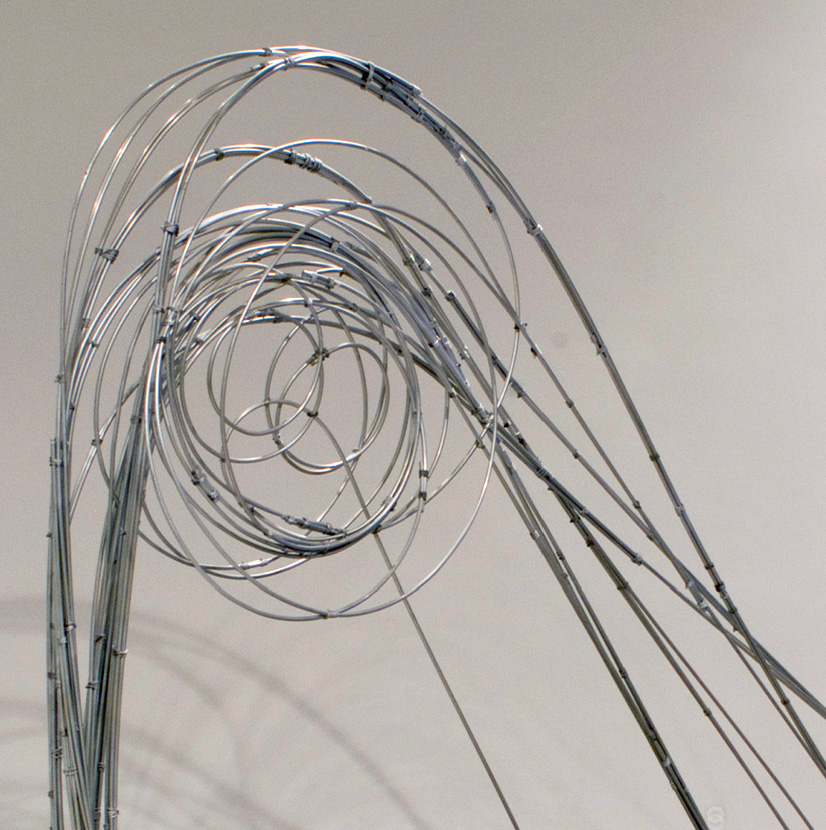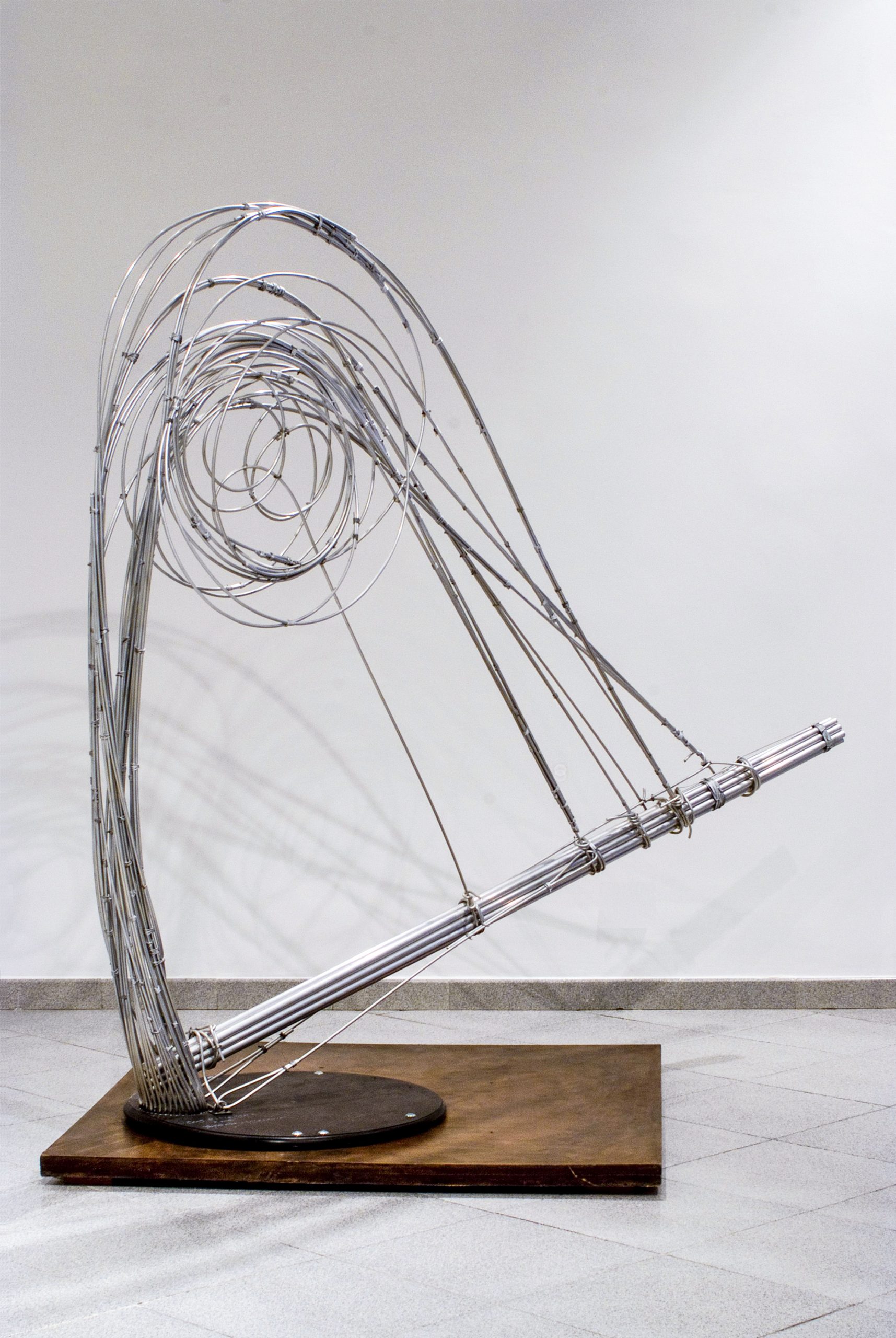THE COMEL AWARD FINALISTS 2012
Roberto Andreatini
Venice, ITALY
www.instagram.com/lookcloserrr

THE COMEL AWARD FINALISTS 2012
Roberto Andreatini
Venice, ITALY
www.instagram.com/lookcloserrr
BIOGRAPHICAL NOTES
He was born in Ancona where, under the guidance of sculptor Edgardo Mannucci, he studied at the State Institute of Art and later worked as a teacher there until 1978. He collaborated for many years with Valeriano Trubbiani, his former teacher, accompanying him to numerous appointments both in Italy and abroad. His passion for photography led him to create a historic documentation of events and personalities of those years, from Giulio Carlo Argan and Achille Bonito Oliva to Giorgio De Chirico and Gino De Dominicis. These photos were used for publications and catalogs of the master.
He graduated from the Academy of Fine Arts in Rome under the guidance of Pericle Fazzini, who chose him to collaborate on the realization of the Resurrection in the Paolo VI Hall in Nervi at the Vatican. Enrico Crispolti, his teacher at the academy, presented some of his exhibitions, including “Proteo profetico” at the municipal art gallery of Macerata in 1984. In 1975, he participated in the X National Art Quadrennial in Rome.
In the late 1980s, his sculptor activity was accompanied by the restoration of frescoes. He worked on the restoration of the cathedral of Alatri and in Terracina, at the church of the cemetery, and in the Chapel of Pope Braschi in the Palazzo della Bonifica.
The monumental sculpture “La clessidra astrale” was created in 2006 and exhibited in the “II giardino delle delizie” exhibition curated by Vincenzo Scozzarella. Since 2008, it has been permanently installed in Piazza del Popolo in Latina.
ARTWORK IN CONTEST

CAOS RIFLESSO, 2008
SCULPTURE – aluminum, mixed media technique
cm 176 x 159
With Roberto Andreatini, aluminum becomes a high-voltage circuit: “Chaos Riflesso” is a powerful work, where aluminum cables turn into conductive ‘wires’ of barely containable energy, in constant tension between explosion and implosion, contact and detachment, fusion and separation. Andreatini, who recognizes no “specific difference, definable in linguistic terms, between aesthetic and non-aesthetic” to quote Goodman*, approaches the theme of identity and the relationship of oneself (or more generally of the individual) with the world by resolving it into a wiring, an endless tangle of high-tension fibers apparently without beginning or end. These fibers allow for interconnection but also the energetic mapping of characters and events, temples and sacred icons, of art and history, past and contemporary.
In an attempt to escape crystallization, the so-called Lacanian mirror phase, Andreatini plays the card of hesitation between taking or leaving, well aware that this is nothing more than the last stage of adaptation, beyond which there is nothing more. ‘Reflected Chaos’ becomes a reflective feedback circuit that turns the artwork into a relational mirror, a reflection that lays the foundation for a personal wired relationship between oneself and the other, between the individual and the world, between the present and the past, but also between the present and the future.
It is a long work of introspection, a lucid and relentless examination of conscience, which only rarely gives in to nostalgia, becoming melancholy. It is an endless game of closing and opening the circuit, which the aluminum rods follow in their conduction, twists, curves, and spirals. It is a harmonious motion of crescendos and diminuendos that does not allow distortions because the score is impeccable, and the conductor does not accept exceptions: the performance must be, as always, absolutely perfect.
-
Nelson Goodman, / Languages of Art, Il Saggiatore, 1998.
AWARDS
COMEL AWARD FINALIST 2012

